Italian eating habits can be quite different from what American tourists are used to, often leading to surprising cultural experiences. For example, Italians typically eat dinner much later than Americans, rarely drink cappuccinos after breakfast, and have different ideas about portion sizes and the role of salad in a meal. These customs are deeply ingrained in Italian culture and reflect the country's rich culinary history.
While these differences can be charming, they can also lead to confusion. This list of 15 Italian eating habits that shock American tourists highlights some of the most noticeable differences, from the timing of meals to the order in which dishes are served. Being unaware of these customs can lead to awkward moments, so it's best to be prepared. By learning about these customs before traveling, travelers can avoid cultural misunderstandings and fully enjoy their dining experiences. Remember, part of the joy of travel is experiencing new ways of life, and food is an essential part of that experience.

Late Dinner Times

Italians typically eat dinner much later than Americans, often starting around 8 or 9 PM. This can be challenging for visitors used to earlier mealtimes. The late dinner is part of a lifestyle that includes a longer workday with an extended lunch break. Adjusting to this schedule can take time, but it allows for a more relaxed evening meal and social gathering.
No Cappuccino After Breakfast

Ordering a cappuccino after 11 AM is considered strange in Italy. Italians believe milk-based coffees are only for breakfast. After meals, they prefer espresso or macchiato. This habit is rooted in the belief that milk interferes with digestion. Visitors might receive odd looks if they order a cappuccino with or after lunch.
Bread Without Butter
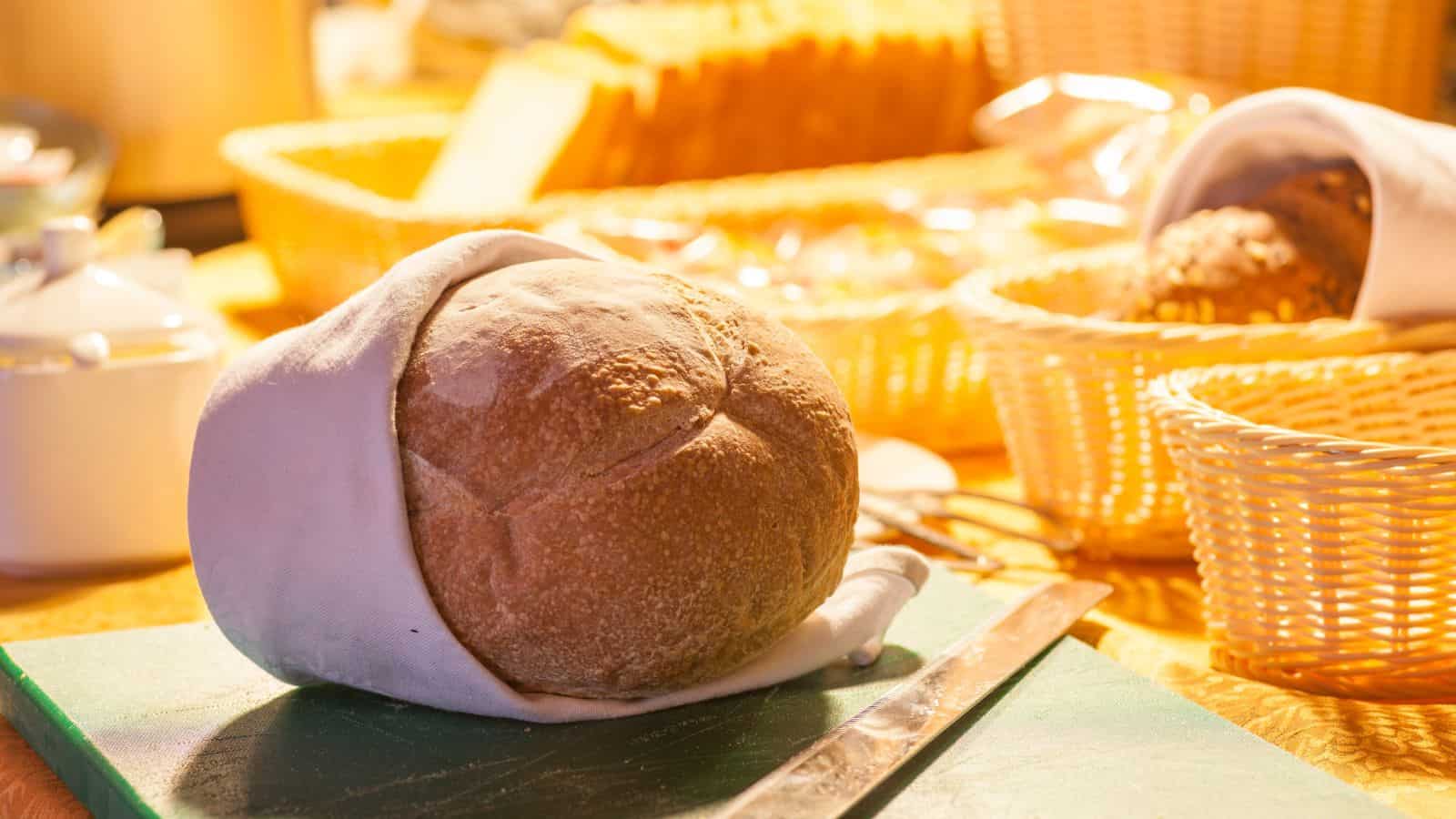
Italian restaurants typically serve bread without butter or olive oil. Bread is used to fare la scarpetta, or "make the little shoe," which means sopping up sauce left on the plate. Adding butter to bread is seen as unnecessary and may alter the flavors of the meal. This can be surprising for Americans used to having butter in their bread basket.
Pasta as a First Course

In Italy, pasta is often served as a first course (primo piatto) rather than a main dish. It's followed by a second course of meat or fish (secondo piatto). This meal structure can be confusing for Americans used to pasta as a main course. The portions are typically smaller than what Americans might expect, allowing for a multi-course meal.
No Cheese on Seafood Pasta

Italians have a strong aversion to adding cheese to seafood pasta dishes. This rule is taken seriously and can shock American visitors who might be used to sprinkling Parmesan on all pasta dishes. The belief is that cheese overpowers the delicate flavors of seafood. Asking for cheese on a seafood pasta dish might earn you a disapproving look from your server.
Eating Pizza with a Knife and Fork
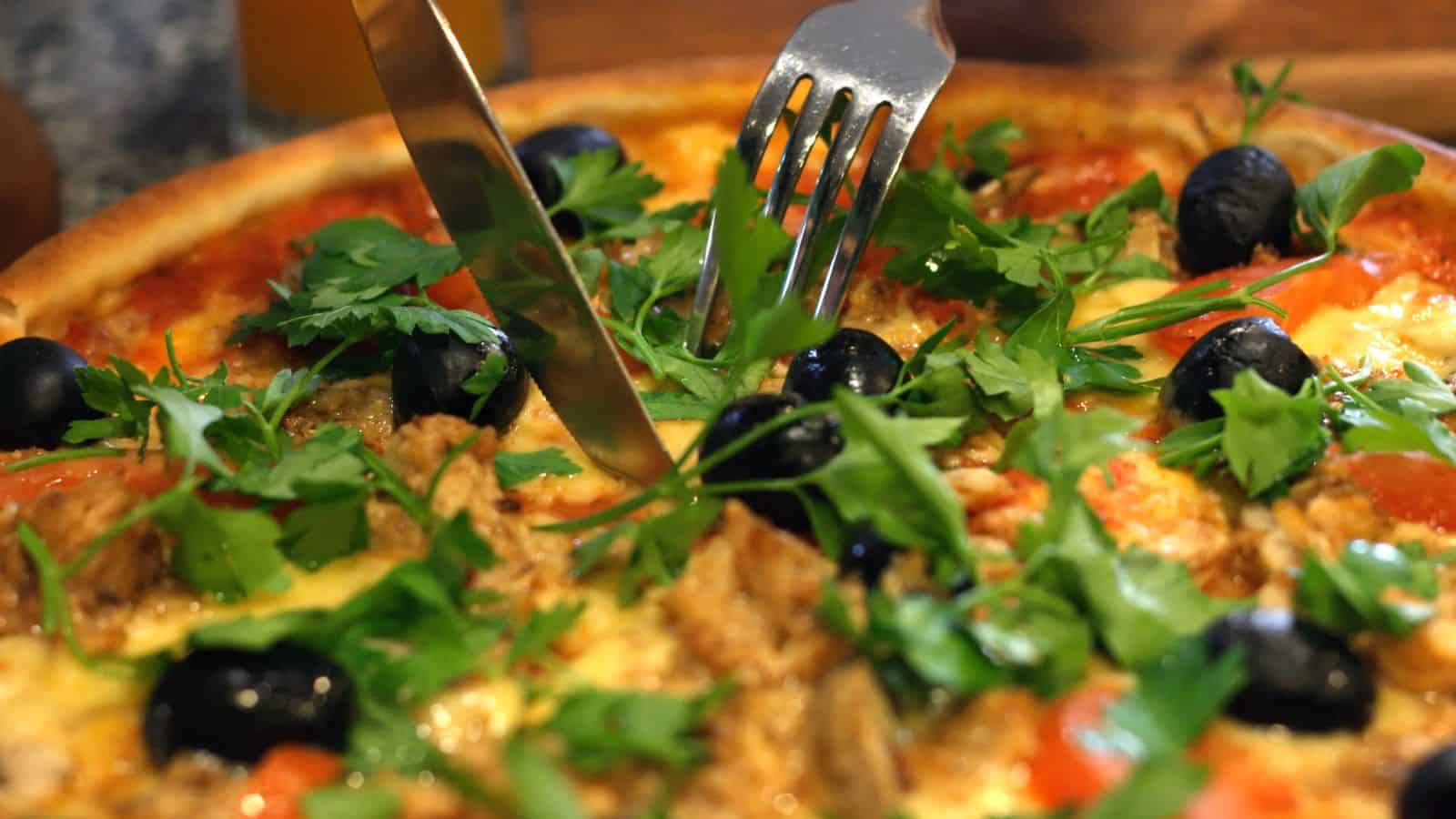
While Americans often eat pizza with their hands, Italians typically use a knife and fork. This is especially true for traditional Neapolitan-style pizza, which can be quite soft in the center. Using utensils is seen as more elegant and allows for a slower, more enjoyable eating experience. It's not uncommon to see Italians carefully cutting their pizza into bite-sized pieces.
Salad After the Main Course

In Italy, salad is often served after the main course, not before or with it. This is believed to aid digestion and cleanse the palate. For American visitors used to salad as a starter, this order can feel backwards. The salad is usually simple, dressed only with olive oil and vinegar, allowing diners to appreciate the fresh ingredients.
Standing for Coffee

Italians often drink their espresso quickly while standing at the bar. This habit can surprise Americans used to lingering over large cups of coffee. Standing for coffee is cheaper than sitting at a table and is seen as a quick energy boost rather than a leisurely activity. It's common to see Italians chatting briefly at the
Peeling Fruit
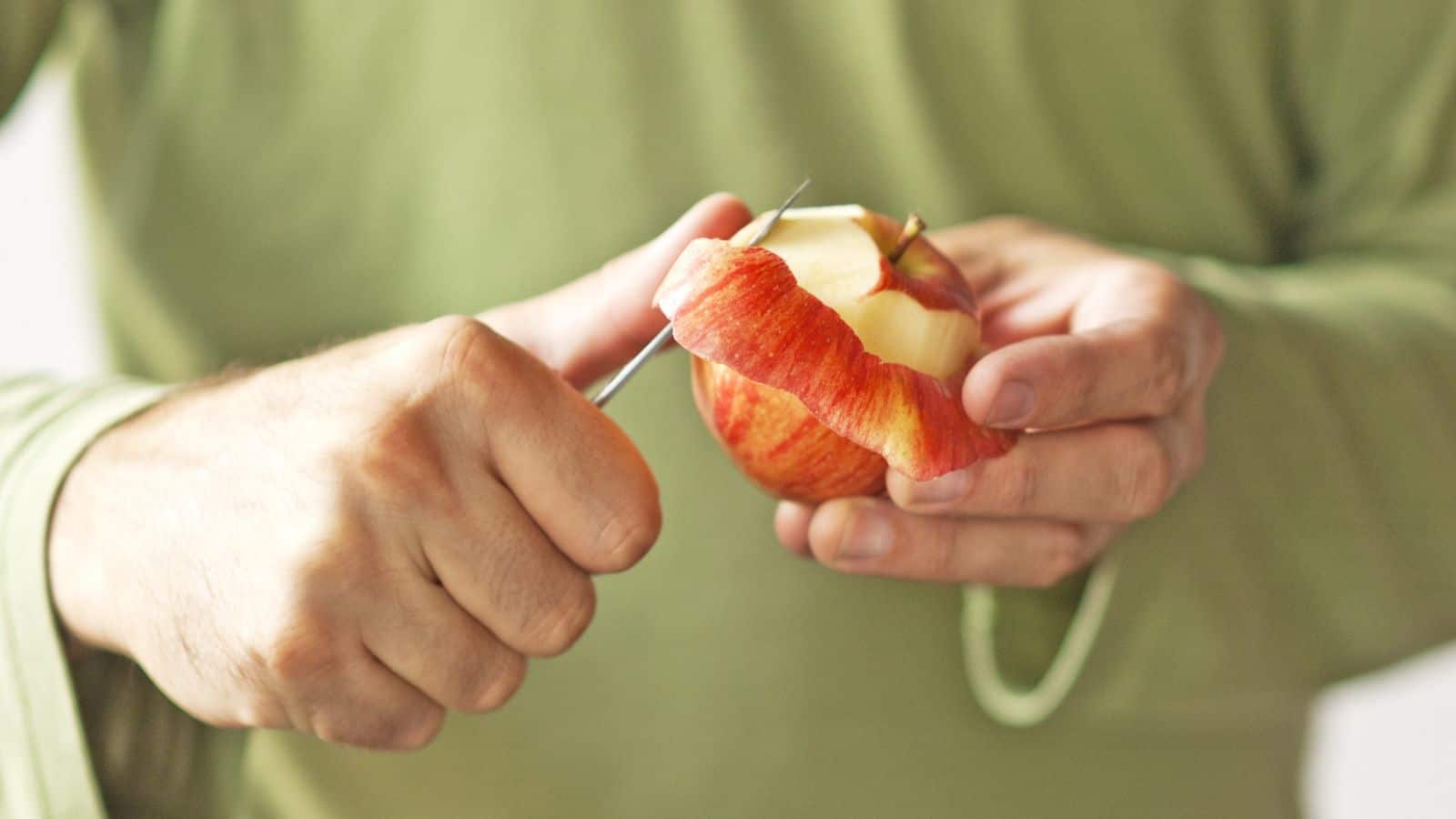
Many Italians peel fruits like apples and pears before eating them. This habit stems from concerns about pesticides and a preference for a smoother texture. It can seem overly cautious to American visitors. Even fruits with edible skins, like peaches, are often peeled. This meticulous approach to fruit preparation is part of the Italian attention to food quality and presentation.
No Doggy Bags
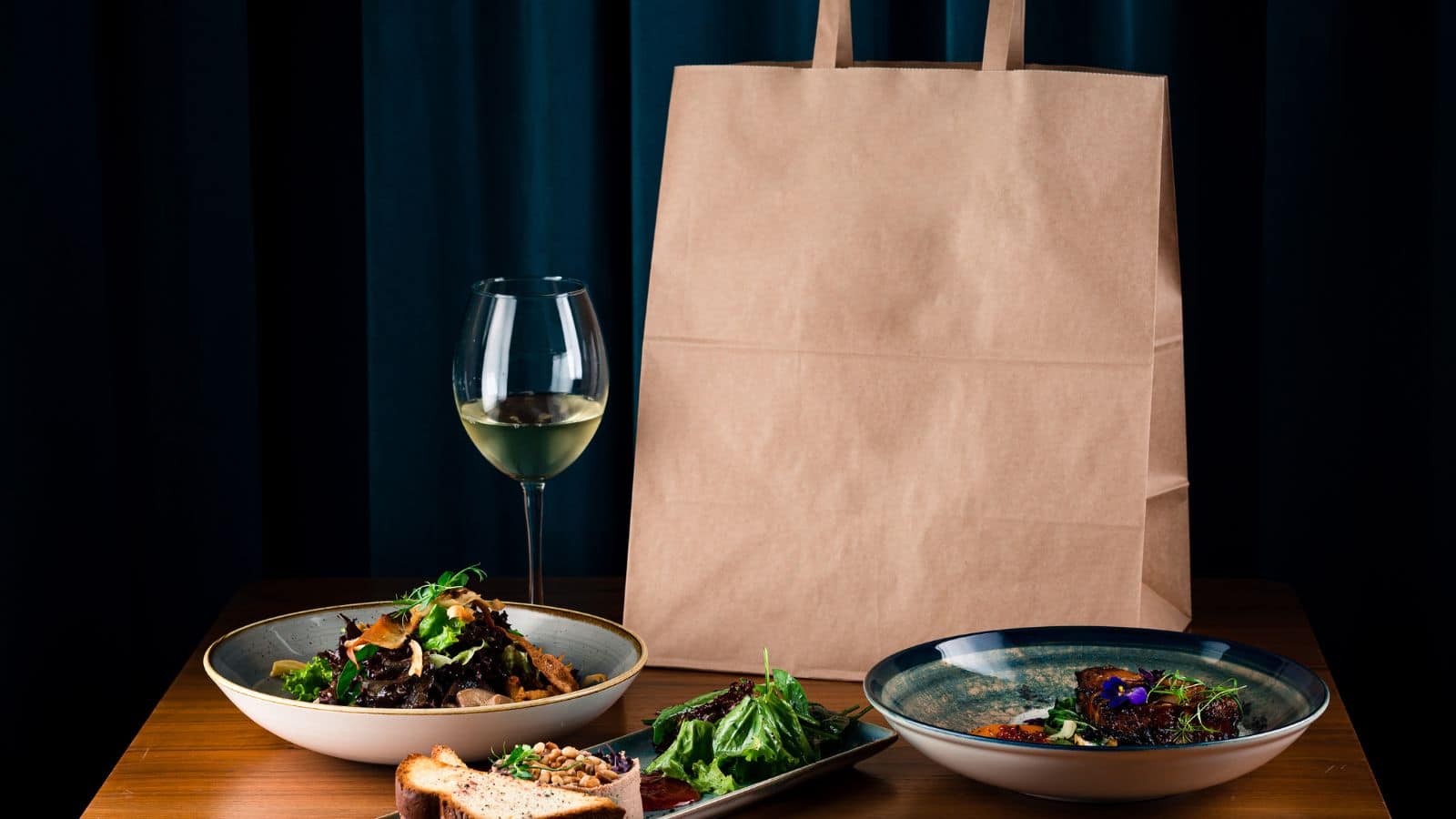
The concept of taking leftover food home is uncommon in Italy. Restaurants may not offer or may even be offended if asked for a doggy bag. This stems from the belief that meals should be fresh and enjoyed in the moment. For Americans used to large portions and taking leftovers home, this can be a surprising and potentially wasteful practice.
Drinking Water with Meals

While Americans often start with water at restaurants, Italians typically order bottled water – either still or sparkling. Tap water is rarely served unless specifically requested. This habit is partly due to regional water quality concerns and partly cultural preference. The type of water chosen often complements the meal and wine selection.
Limited Menu Modifications
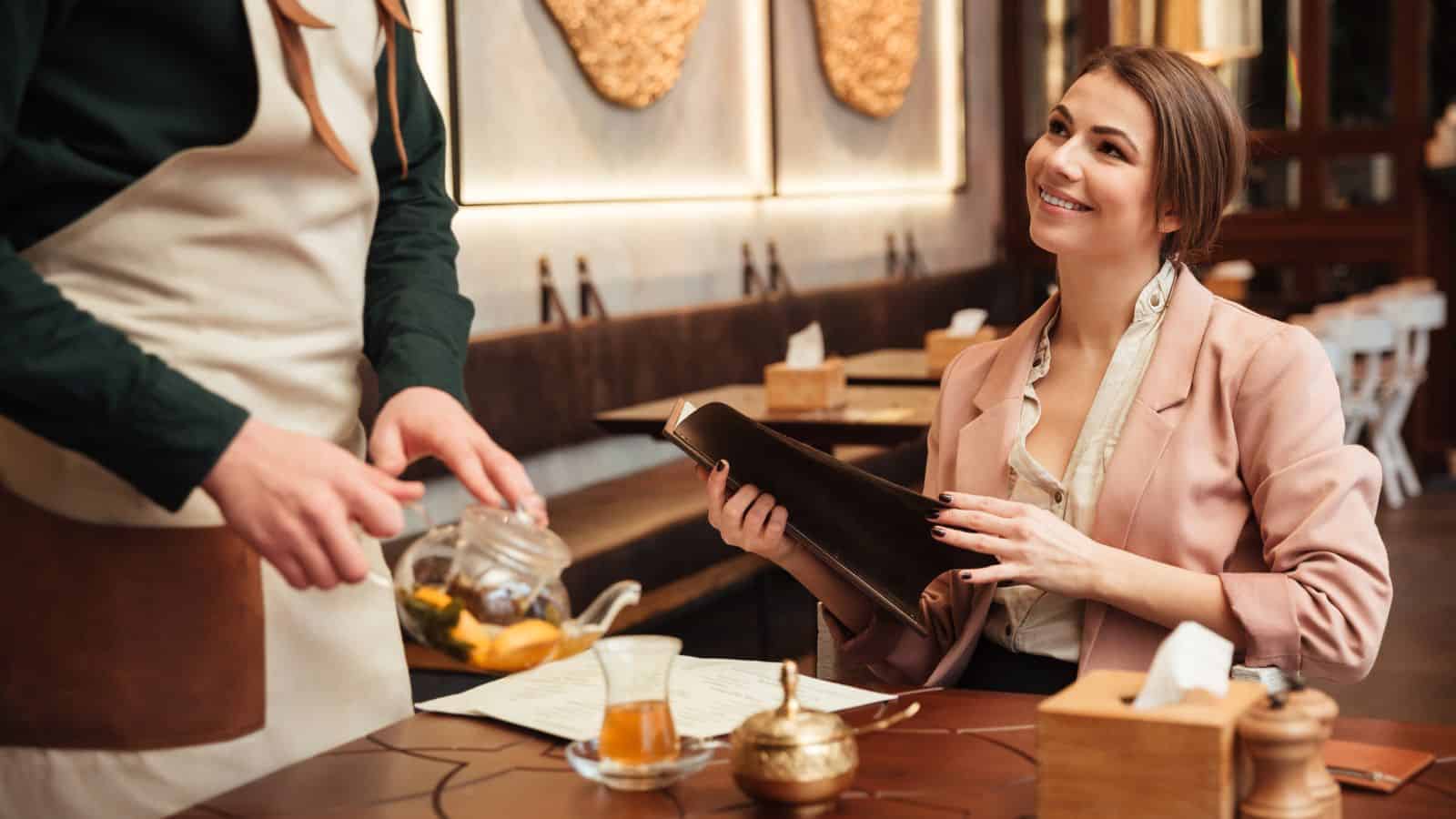
Italians have a strong respect for traditional recipes and may be reluctant to modify dishes upon request. This can be frustrating for Americans used to customizing their orders. Asking for substitutions or alterations might be met with resistance or even refusal. The philosophy is that dishes are crafted to be enjoyed as they are traditionally prepared.
Avoiding Ice in Drinks

Italians generally don't use ice in their drinks, including water and soft drinks. This can be surprising for Americans used to ice-cold beverages. The belief is that very cold drinks are bad for digestion and that they mask the flavors of the beverage. Even in summer, you'll find most drinks served chilled but without ice.
Breakfast is Sweet and Light

Italian breakfast is typically sweet and light, often just a coffee and a pastry. This can be a shock for Americans used to hearty, savory breakfasts. The concept of eggs and bacon for breakfast is virtually non-existent in Italy. Italians prefer to save their appetite for a larger lunch or dinner.
Alcohol with Food, Not Without

In Italy, alcohol is almost always consumed with food. Drinking without eating is uncommon and sometimes frowned upon. This applies to wine, beer, and even cocktails. The concept of "happy hour" with just drinks is relatively new and still not widespread. Italians believe that alcohol should complement the food and enhance the dining experience.
What on Earth Is That? 13 Bizarre Midwestern Food

More bizarred food for you! The Midwest has some foods that might surprise people who aren't from there. Some dishes have flavors or ingredients that can seem a bit odd at first. These special foods show how different people and places have shaped what Midwesterners eat.
Read More Here: What on Earth Is That? 13 Bizarre Midwestern Food
13 International Snacks That Americans Think Are Weird

How about weird snacks? Exploring food from around the world can uncover some really interesting snacks that might surprise American palates. These 13 international snacks that some Americans find strange feature unusual ingredients, flavors, and textures that go against typical snack choices.
Read More Here: 13 International Snacks That Americans Think Are Weird

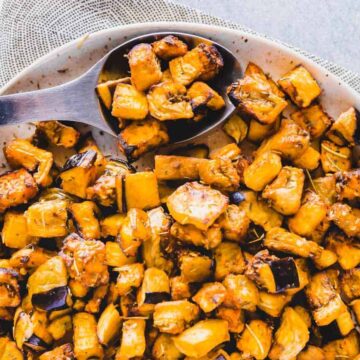



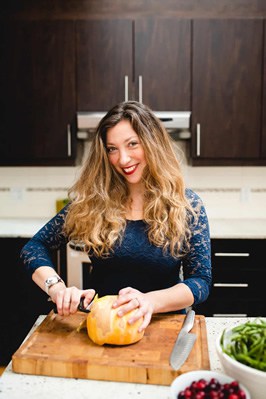
Tell Me What You Think!